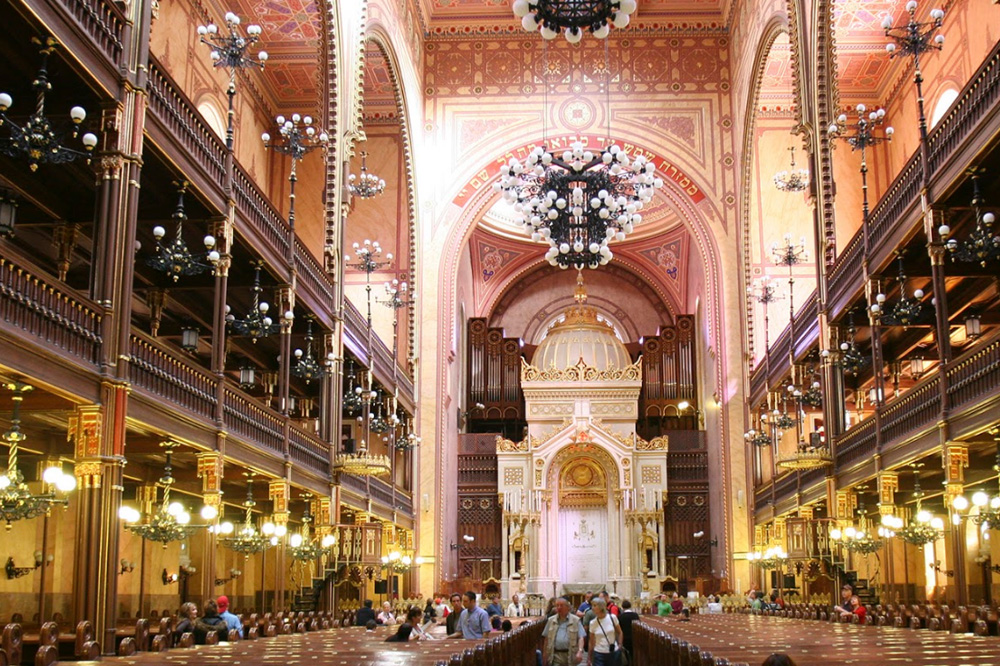Capital city of Hungary Budapest
BUDAPEST
It became a single city occupying both banks of the Danube river with the amalgamation in 1873 of right-bank Buda and Óbuda with Pest on the left (east) bank.



Budapest’s recorded history begins with the Roman town of Aquincum, founded around 89 AD on the site of an earlier Celtic settlement near what was to become Óbuda, and from 106 until the end of the 4th century the capital of the province of lower Pannonia. Today’s Pest became the site of Contra Aquincum (or Trans Aquincum). The area was occupied around the year 900 by the Magyars, the ancestors of today’s ethnic Hungarians, who a century later founded the kingdom of Hungary. Already a place of some significance, Pest recovered rapidly from its destruction by Mongol invaders in 1241, but it was Buda, the seat of a royal castle since 1247, which in 1361 became the capital of Hungary. The Ottoman Turks‘ conquest of most of Hungary in the 16th century interrupted the cities‘ growth: Pest fell to the invaders from the south in 1526 and Buda 15 years later. While Buda remained the seat of a Turkish governor, Pest was largely derelict by the time of their recapture in 1686 by Austria’s Habsburg rulers, kings of Hungary since 1526 despite their loss of most of the country. It was Pest, from 1723 the seat of the administrative apparatus for the kingdom, which enjoyed the fastest growth rate in the 18th and 19th century and contributed the overwhelming majority of the cities‘combined growth in the 19th.By 1800 larger than Buda and Óbuda combined, Pest’s population grew twentyfold in the following century to 600,000, while that of Buda and Óbuda quintupled. The fusion of the three districts under a single administration, first enacted by the Hungarian revolutionary government in 1849 but was revoked on the subsequent restoration of Habsburg authority, and was finally effected by the autonomous Hungarian royal government established under the Austro-Hungarian „Compromise“ of 1867. Since the beginning of the 20th C. much of the country’s industry came to be concentrated in the city. The country’s human losses during World War I and the subsequent loss of more than two third of the former kingdom’s territory by the Trianon Peace Agreement dealt only a temporary blow, leaving Budapest as the capital of a smaller but now sovereign state. Budapest was severely damaged during the Soviet siege during WWII. Since the 1980s the capital has shared with the country as a whole in increased emigration coupled with natural population decrease.
Price from Prague to Budapest. Other departure destionations and cities upon request.
Mercedes Benz E class 1-3 persons
15 000 CZK / 528 €
Mercedes Benz V class 4-6 persons
17 500 CZK / 642 €
